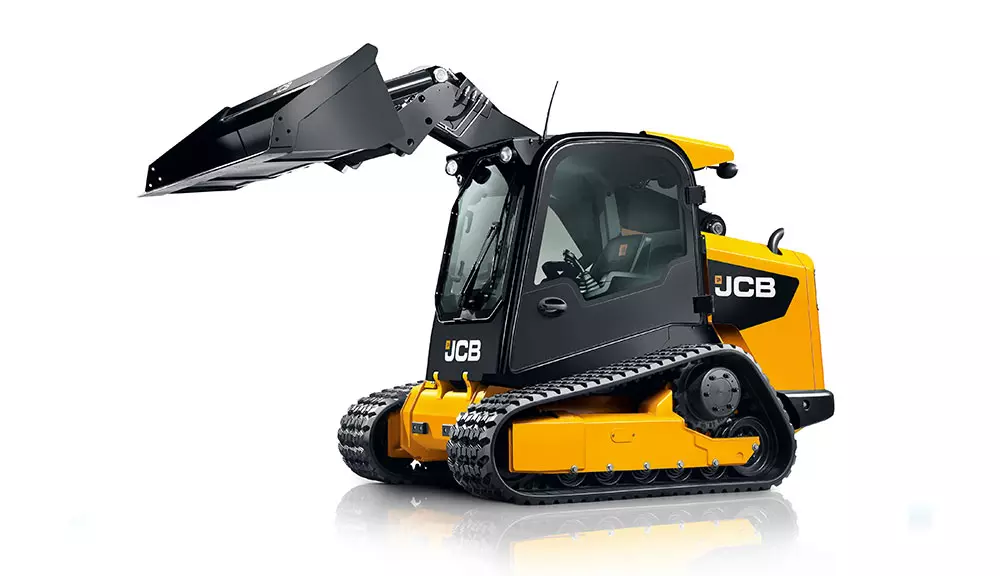In the world of heavy machinery and construction equipment, the JBL skid steer stands out as a versatile and essential tool. This article delves into the features, specifications, and applications of the JBL skid steer, providing a comprehensive overview for those looking to understand its capabilities and benefits.
Overview of the JBL Skid Steer
The JBL skid steer is designed to offer exceptional performance in various industrial and construction tasks. Known for its compact size and powerful capabilities, this equipment is ideal for maneuvering in tight spaces while delivering robust performance. As a critical asset in many construction and landscaping projects, the JBL skid steer combines efficiency with versatility.
Key Features of the JBL Skid Steer
High Maneuverability: One of the standout features of the JBL skid steer is its maneuverability. The skid steer is engineered with a zero-turn radius, allowing it to operate efficiently in confined spaces. This makes it particularly useful for landscaping, excavation, and other tasks where space is limited.
Powerful Engine Performance: The JBL skid steer is equipped with a high-performance engine that delivers substantial power and torque. This robust engine allows the skid steer to handle a variety of attachments and heavy loads with ease. According to the manufacturer, the JBL skid steer boasts an engine power range between 60 to 90 horsepower, depending on the model.
Versatile Attachments: The JBL skid steer supports a wide range of attachments, including buckets, forks, and grapples. This versatility enhances the skid steer’s functionality, making it suitable for diverse applications such as digging, lifting, and material handling. The quick attachment system allows for easy switching between different tools.
Operator Comfort and Safety: Designed with operator comfort in mind, the JBL skid steer features a spacious and ergonomic cabin. It includes adjustable seating, climate control, and intuitive controls that enhance ease of operation. Additionally, safety features such as rollover protection and advanced visibility systems contribute to a safer working environment.

Technical Specifications
Dimensions and Capacity: The JBL skid steer is available in various models, each with different dimensions and load capacities. Typical models have operating weights ranging from 4,000 to 7,000 pounds, with lifting capacities of up to 2,500 pounds. These specifications make the JBL skid steer suitable for both light and heavy-duty tasks.
Hydraulic System: The skid steer is equipped with a robust hydraulic system that powers the attachments and enhances overall performance. The hydraulic flow rate varies by model, with standard rates ranging from 15 to 25 gallons per minute. This flow rate ensures efficient operation of hydraulic attachments and implements.
Fuel Efficiency: With advancements in engine technology, the JBL skid steer is designed to be fuel-efficient. Depending on the model and operating conditions, it offers an average fuel consumption rate of 2 to 4 gallons per hour. This efficiency contributes to lower operating costs and reduced environmental impact.
Applications of the JBL Skid Steer
Construction Projects: The JBL skid steer is a valuable asset on construction sites, where it can be used for tasks such as grading, excavation, and material transport. Its compact size allows it to navigate tight spaces on job sites, making it ideal for urban construction projects.
Landscaping and Grounds Maintenance: For landscaping professionals, the JBL skid steer is a versatile tool for tasks such as soil preparation, trenching, and debris removal. The ability to quickly switch between attachments enhances productivity and efficiency in landscaping projects.
Agriculture and Farming: In agricultural settings, the JBL skid steer can be used for a range of tasks, including loading and unloading materials, managing livestock feed, and maintaining farm infrastructure. Its ability to handle various attachments makes it a multifunctional tool on the farm.
Maintenance and Care
Regular Inspections: To ensure the longevity and optimal performance of the JBL skid steer, regular inspections are essential. This includes checking the engine, hydraulic system, and attachments for signs of wear and tear. Following the maintenance schedule outlined in the operator’s manual helps prevent unexpected breakdowns.
Fluid Checks and Changes: Regularly checking and changing fluids, including engine oil, hydraulic fluid, and coolant, is crucial for maintaining the skid steer’s performance. The manual provides specific intervals for fluid changes and recommends using high-quality fluids to ensure reliability.
Cleaning and Storage: Keeping the JBL skid steer clean and properly stored extends its lifespan. Regularly remove dirt and debris from the skid steer, especially from critical components like the engine and hydraulic system. When not in use, store the skid steer in a sheltered location to protect it from the elements.

Troubleshooting Common Issues
Engine Performance Issues: If the skid steer exhibits reduced engine performance, check for common issues such as clogged air filters, low fuel levels, or fuel contamination. Regular maintenance and timely repairs can resolve these issues and restore optimal engine performance.
Hydraulic System Problems: Issues with the hydraulic system, such as low pressure or slow operation, may indicate problems with hydraulic fluid levels or leaks. Inspect the hydraulic system for leaks and ensure that fluid levels are within the recommended range.
Attachment Functionality Issues: If attachments are not functioning correctly, verify that they are properly connected and that hydraulic lines are not damaged. Additionally, check for any obstructions or malfunctions in the attachment’s control system.
Conclusion
The JBL skid steer is a powerful and versatile piece of machinery designed to enhance productivity across various industries. With its impressive features, robust performance, and adaptability, it is an invaluable tool for construction, landscaping, and agricultural applications. By understanding and properly maintaining the JBL skid steer, operators can ensure its continued reliability and efficiency. How will you leverage the capabilities of the JBL skid steer to improve your next project?










